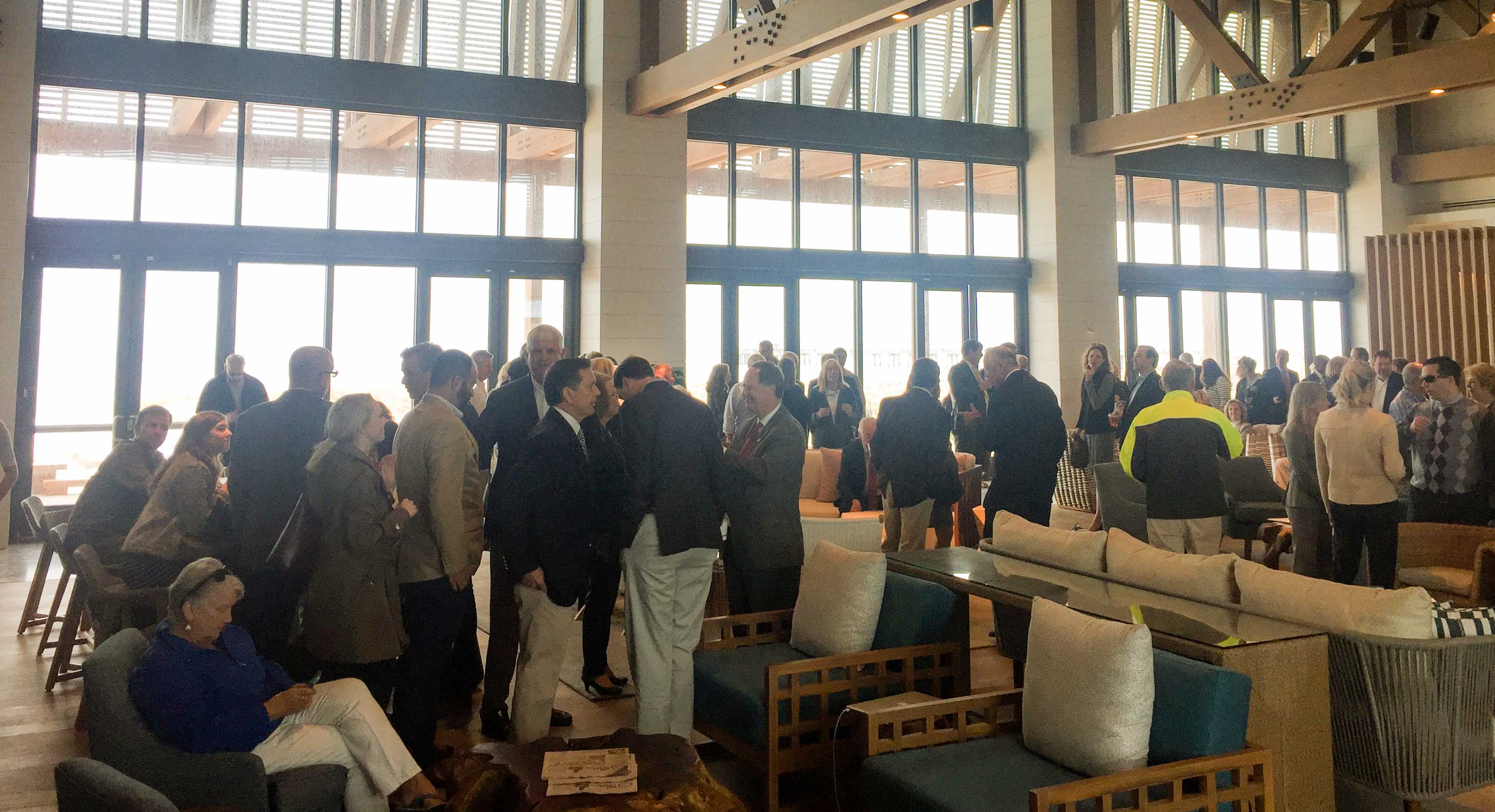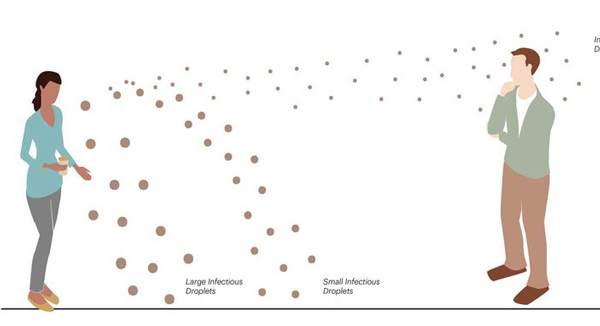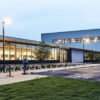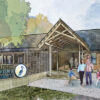To encourage civic engagement, we need to understand who is missing from the room, to reach out, and to remove barriers to participation.
I can’t tell you how many times I have looked around the room at a community and civic engagement planning meeting, whether it’s a private design charette, an environmental meeting, or a civic planning effort, and thought, “well, the gang’s all here.” Don’t get me wrong, I applaud the folks who make it a point to show up to participate in public opportunities to shape private projects and our communities. Their voices are incredibly important. However, it is equally important for us figure out who is NOT in the room, and what obstacles are preventing their participation.
Meetings held during work hours can be challenging for people in many professions, and after hours meeting can be even more challenging for young parents. About 15 years ago, I addressed the mayor of Houston, TX with a 3 month old strapped to my chest in a baby carrier, praying she wouldn’t wake up and start screaming. (or worse) I was thankful for the microphone, because it allowed me to speak softly, and my child did indeed stay asleep. My husband was out of town, my family didn’t live near by, and I had been deeply involved in a proposed resolution that was going to a vote that night. I was not about it miss it. But my kid was certainly the only child in that meeting that day, and most likely the only child in the council chamber that year.
In an an effort to make the faces in public meetings look more like the faces in the community, many cities are starting to offer child care at city council and planning commission meetings. Ithaca, NY was one of the first to take this bold step. “The same people show up at all the meetings, and that can lead to mistakes in decision making,” said the mayor. “That’s something that’s been haunting me. … There has been a tremendous amount of interest in Ithaca’s bold approach, and other cities are starting to follow in their example.
Of course there’s a cost to providing childcare. But there are plenty of other ways to expand the circle of engagement. A few years ago, as a part of the Gulf State Park Master Plan, I found myself sitting in the sun, offering donuts and crayons to kids and their parents, and engaging in great conversations about the history and future of the Park. They peppered maps and illustrations with sticky notes and enthusiastic drawings (…and some donut sprinkles).
Distinguished planners from Boston sat on the fishing pier that day offering drinks and engaging in conversation around the fish cleaning bench. There were also surveys emailed out across the US to users of the park who visit seasonally. All of these things complemented the “traditional” public meetings. Sometimes, to get the most representative engagement, you have to bring your questions to the people. Offer something to entertain the kids, so that the adults can participate… Or even better, ask the kids too!
There’s no one solution, but if we want better projects and better community planning, we have to take the time to understand who is missing from the room, to reach out, and to remove barriers to participation.
We may even have to leave the room… now wouldn’t that be more fun!
Check out this article to learn more ways we can make public meetings more inclusive!
Offering Childcare at City Meetings May Be Key to Diversifying Civic Engagement













